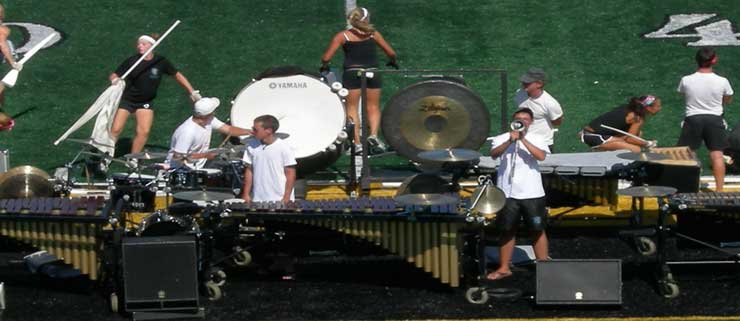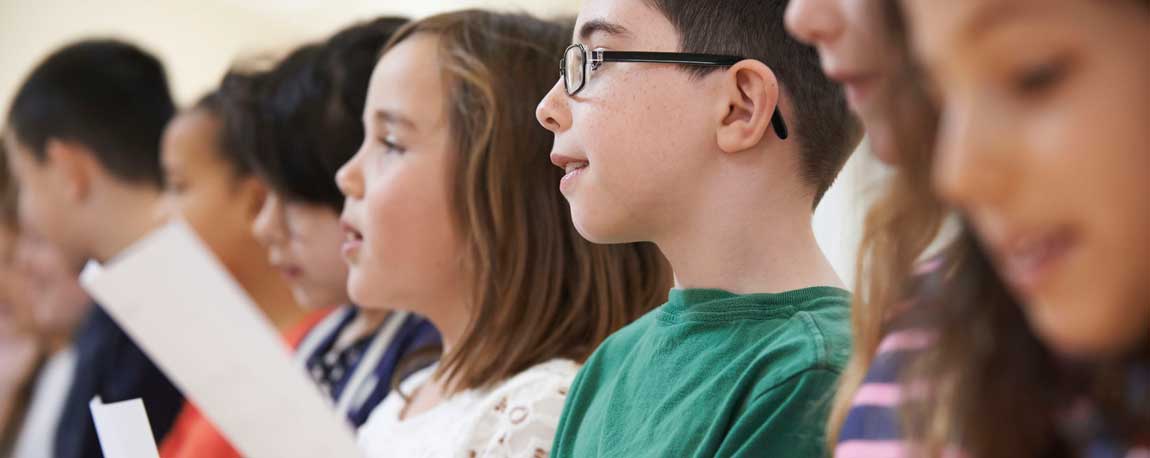.jpg) Folk music is more to a society than just the music that our grandfather used to listen to. It is a part of our history and our musical heritage that deserves to be preserved for future generations. Thanks to the hard work of many individuals and educational institutions much of this heritage has been saved.
Folk music is more to a society than just the music that our grandfather used to listen to. It is a part of our history and our musical heritage that deserves to be preserved for future generations. Thanks to the hard work of many individuals and educational institutions much of this heritage has been saved.
Beginning in the late 19th century composers in Europe began taking an interest in their own countries native folk music. They realized that as our world became more industrialized native folk singing was dying out. Since traditional folk music was passed down verbally from generation to generation very little of it had been written down. As people moved into the cities the rural culture died out taking the traditional folk songs with it. At this same time a new sense of nationalism was taking root in many countries, fostering interest in their own national heritage. These two developments led many composers to take an interest in preserving their countries folk music heritage before it died out forever.
The First Folk Music Historians
In 1843 an English minister named John Broadwood published a compilation called Old English Songs, compiled during his travels around his parish of Lynn in Sussex. His work inspired similar preservation efforts by such musicologists as Cecil Sharp and Francis Child. Broadwood later approached Beethoven to use some of his transcriptions in new compositions to further preserve such "peasant art." In later years composers such as Edvard Grieg began transcribing the music of his native Norway and arranging them into works for piano as well as other ensembles. In Finland the composer Sibelius as well as Falla and Albeniz in Spain began to do the same.
Modern Folk Music Historians Begin To Use Modern Recording Technologies
It was not until the early 20th century when composers such as Grainger began to take the next step and actually record the folk music in its native environment. Using the newly invented wax cylinder phonograph Grainger and others recorded native folk music in short two and one half minute segments (two and a half minutes is all that the machine could record on one cylinder). Many of these and other recordings, however, can still be heard today as a result of the work of Alan Lomax and others including the Wax Cylinder Preservation and Digitization Project at the University of California at Santa Barbara.
The preservation and recording of native folk songs persevered far into the twentieth century with other composers such as Kodaly and Bartok also recording the folk songs of such countries as Romania and Hungary. It is thanks to the efforts of these dedicated individuals that today we can still hear many of the traditional folk songs of centuries past.







 Scroll down to view the comparison chart of over a dozen different portable digital audio recorders.
Scroll down to view the comparison chart of over a dozen different portable digital audio recorders.